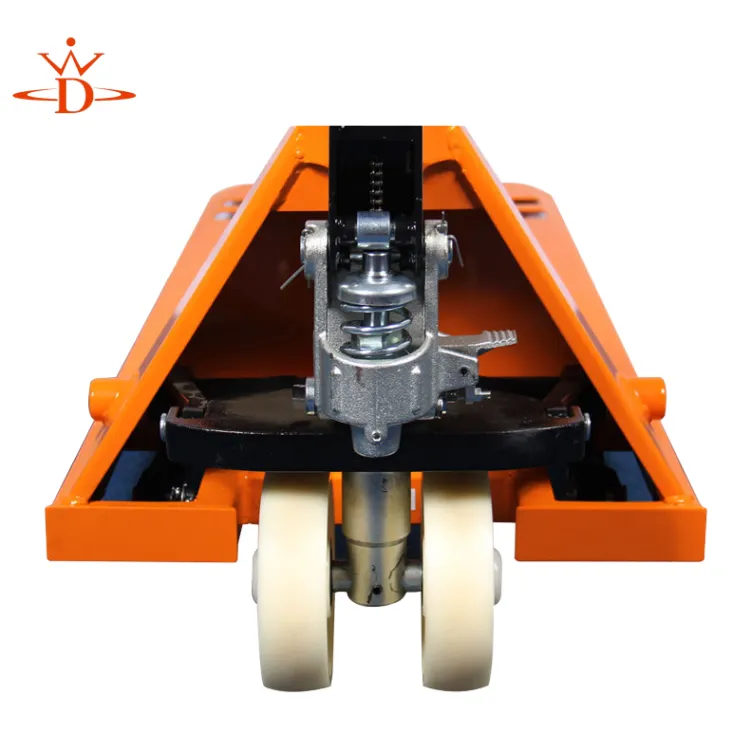Key Components and Functionality of Gantry Cranes for Efficient Material Handling
Understanding the Components of a Gantry Crane
A gantry crane is a type of crane that is characterized by a structure that supports a hoist mechanism and a beam, usually mounted on wheels or rails. These cranes are particularly popular in industries such as shipping, manufacturing, and construction due to their ability to lift heavy loads with precision and ease. To fully appreciate the efficiency and functionality of a gantry crane, it is essential to understand its components. This article will delve into the key components of a gantry crane, their functions, and their significance in ensuring safe and efficient operations.
1. The Gantry Structure
The primary feature of a gantry crane is its gantry structure, which consists of two vertical legs and a horizontal beam extending between them. This structure is typically made from robust materials like steel to withstand heavy loads. The vertical legs provide stability and are often fitted with wheels or tracks, allowing the crane to move horizontally across a designated area. The design of the gantry structure helps distribute the weight evenly, reducing the risk of tipping or collapsing under heavy loads.
2. Hoist Mechanism
The hoist mechanism is perhaps the most critical component of a gantry crane, as it is responsible for lifting and lowering loads. The hoist typically includes a motorized system that can operate using electric or pneumatic power. It consists of a pulley system, which allows workers to lift heavy objects with minimal effort. The hoist is attached to the horizontal beam, enabling it to move along its length, thereby expanding the crane’s operational range. Additionally, most modern hoists are equipped with safety features such as overload sensors and emergency stop buttons to enhance operational safety.
3
. Cross BeamThe cross beam, also known as the bridge, is the horizontal part of the gantry crane that connects the two vertical legs. It serves as a support for the hoist mechanism and aids in the stability of the entire structure. The design of the cross beam is critical, as it must be strong enough to bear the weight of the loads being lifted while minimizing any lateral movement. Many cross beams are made with adjustable features, allowing operators to change the height or angle to accommodate different lifting needs.
komponen gantry crane

4. Wheels and Tracks
Most gantry cranes are equipped with wheels mounted at the base of the vertical legs, enabling them to move horizontally along tracks or a flat surface. These wheels are designed for smooth operation and must be made from durable materials to handle the weight of the crane and its load. Some gantry cranes also have the ability to travel on rubber tires, making them more versatile for outdoor use. The movement capabilities allow for efficient loading and unloading processes, maximizing productivity in various industrial applications.
5. Control Systems
Modern gantry cranes come equipped with advanced control systems that enhance operational efficiency and safety. These systems may consist of remote controls, joysticks, or touch screens that allow operators to manage the movements of the crane easily. Sophisticated software can also monitor load weights and track operational cycles, helping to reduce the risk of human error. Advanced control systems are crucial for managing complex operations, especially in busy industrial environments where multiple cranes may be in use simultaneously.
6. Safety Features
Safety is paramount in crane operation, and gantry cranes are equipped with numerous safety features to protect both operators and loads. These features include limit switches that prevent excessive lifting, emergency stop buttons, and anti-sway systems to stabilize loads during movement. Regular maintenance checks and inspections are also integral to ensuring all safety mechanisms are functioning properly.
Conclusion
In conclusion, a gantry crane is a multifaceted piece of equipment that plays a vital role in various industries. Understanding the key components of a gantry crane—its structure, hoist mechanism, cross beam, wheels, control systems, and safety features—helps us appreciate its engineering and operational efficiency. By integrating advanced technology and robust design, gantry cranes ensure that heavy loads can be moved safely and effectively, thereby enhancing productivity and operational efficiency across numerous applications.
-
Unlock Seamless Relocation with Our Heavy Equipment Moving ExpertiseNewsJun.06,2025
-
Unleash Unrivaled Flexibility with Our Adjustable Gantry CraneNewsJun.06,2025
-
Unleash Heavy-Duty Efficiency with Our Industrial Gantry Crane SolutionsNewsJun.06,2025
-
Revolutionize Steel Handling with Our Magnetic Lifter RangeNewsJun.06,2025
-
Master Equipment Mobility with Premium Machinery Mover SolutionsNewsJun.06,2025
-
Elevate Your Material Handling with Magnetic Lifter TechnologyNewsJun.06,2025
-
YS Permanent Lifting Magnets: The Smarter Way to Handle SteelNewsMay.22,2025
